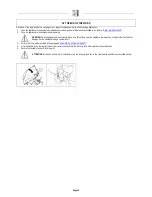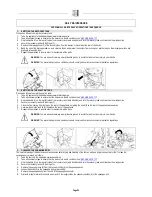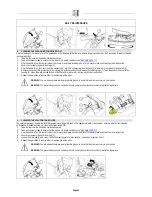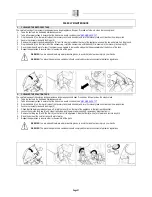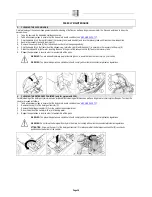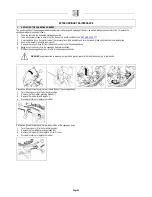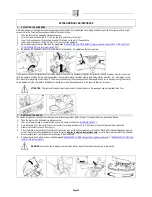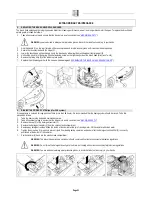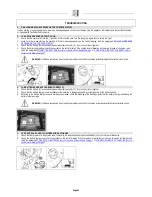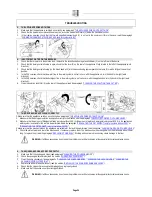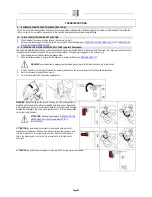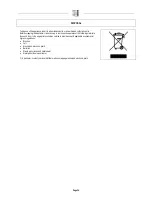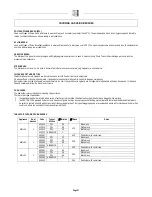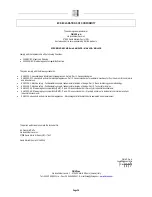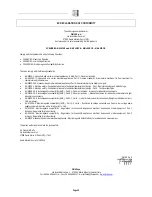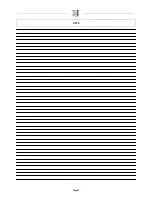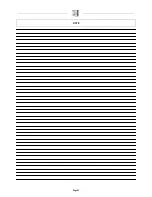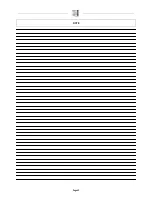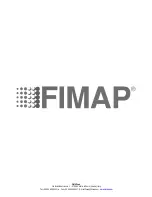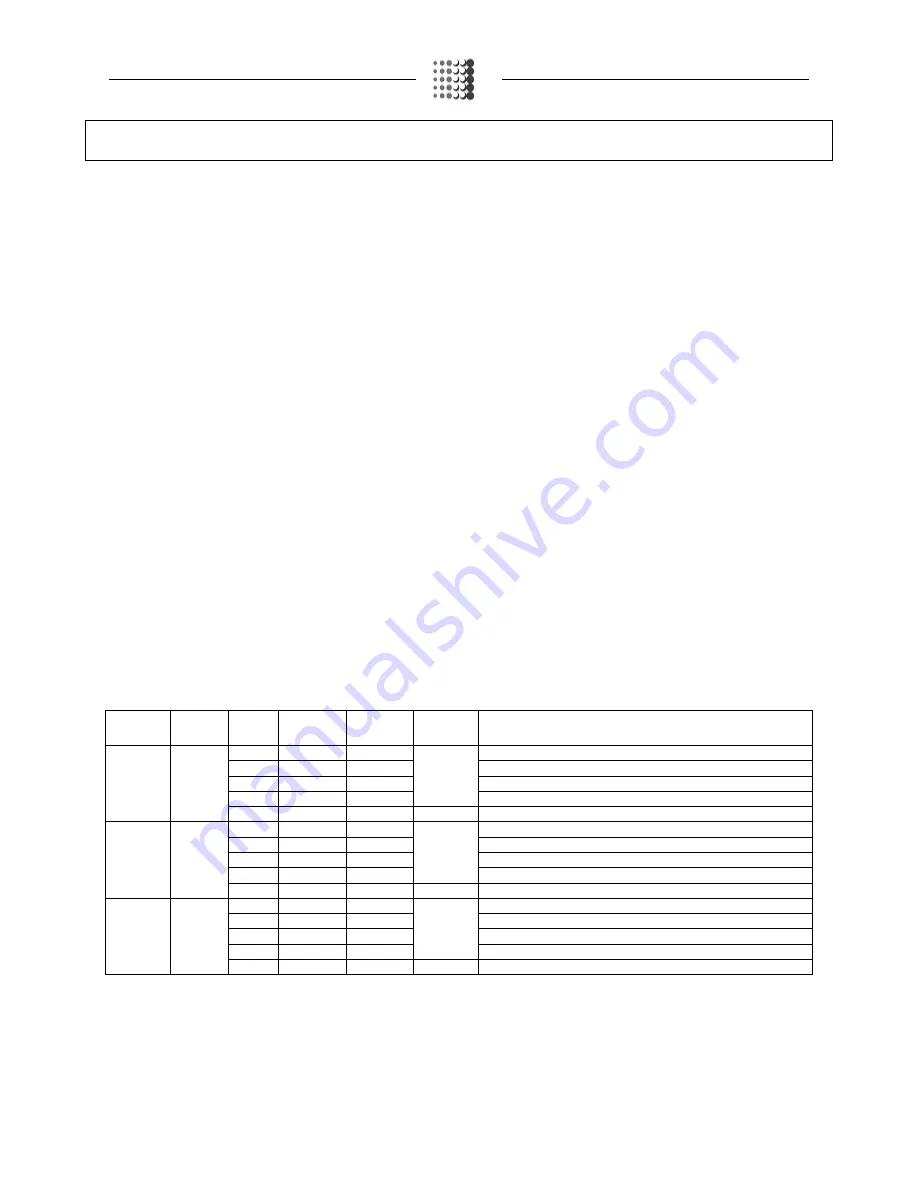
CHOOSING AND USING BRUSHES
POLYPROPYLENE BRUSH (PPL)
Used on all types of floors. Good resistance to wear and tear, and hot water (no greater than 50°C.). The polypropylene brush is non-hygroscopic and therefore
retains its characteristics even when working in wet conditions.
NYLON BRUSH
Used on all types of floors. Excellent resistance to wear and tear, and hot water (even over 50°C). The nylon is hygroscopic and so tends to lose its characteristics
over time when working in wet conditions.
ABRASIVE BRUSH
The bristles of this type of brush are charged with highly aggressive abrasives. It is used to clean very dirty floors. To avoid floor damage, work only with the
pressure strictly necessary.
STEEL BRUSH
The bristles are in steel wire. It is used to descale floors that are abrasion-resistant, very irregular or with wide joints.
THICKNESS OF THE BRISTLES
Thicker bristles are more rigid and are therefore used on smooth floors or floors with small joints.
On uneven floors or those with deep joints, it is advisable to use softer bristles which can enter the gaps more easily.
Remember that when the bristles are worn and therefore too short, they will become rigid and are no longer able to penetrate and clean deep down. In this case,
like with overlarge bristles, the brush tends to jump.
PAD HOLDER
The pad holder is recommended for cleaning shiny surfaces.
There are two types of pad holder:
1.
the traditional pad holder is fitted with a series of anchor points that allow the abrasive floor pad to be held and dragged while working.
2.
the CENTRE LOCK type pad holder not only has anchor points, but also a snap-type central locking system in plastic that allows the abrasive floor pad to
be perfectly centred and held without any risk of it becoming detached. This type of dragging device is recommended above all for machines with more than
one brush, where the centring of the abrasive discs is difficult.
TABLE FOR CHOOSING THE BRUSHES
Appliance No. of
brushes
Code
Type of
bristles
∅
Bristles
∅
Brush
Notes
MMx 43
1
414309
PPL
0.3
420
Blue brush
414310
PPL
0.6
White brush
414311
PPL
0.9
Black brush
414312 ABRASIVE
1
405507
-
-
420
Pad holder with center lock
MMx 50
1
404654
PPL
0.3
508
Blue brush
405631
PPL
0.6
White brush
404653
PPL
0.9
Black brush
405632 ABRASIVE
1
405527
-
500
Pad holder with center lock
MMx 52
2
405601
PPL
0.3
255
Blue brush
405604
PPL
0.6
White brush
405602
PPL
0.9
Black brush
405603 ABRASIVE
1
405513
-
255
Pad holder with center lock
Page 37

